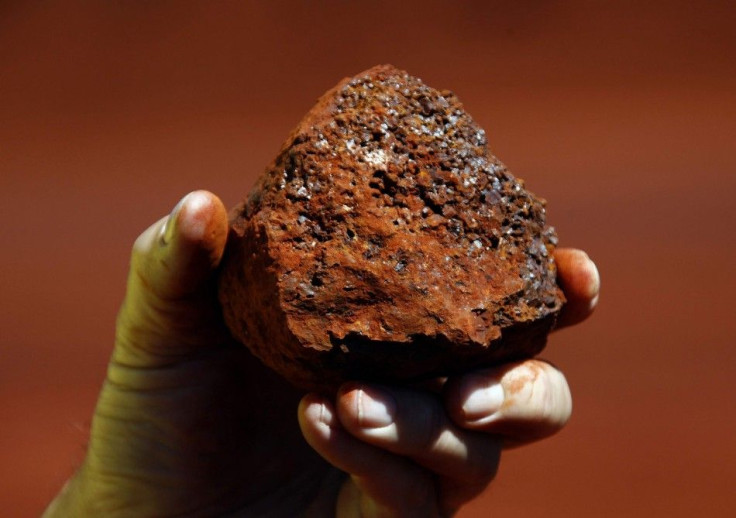Iron Age For Australia Ends As Price Of Key Steelmaking Ingredient Dips Below $83/Tonne

The price of iron ore has hit a five-year low of $82.20 per tonne, spelling more bad news for Australia's top export commodity. Price of the key steelmaking-ingredient has been on a downhill trend since Dec 4, 2013 as the benchmark price of iron ore tumbled down 41 per cent.
As a result, some junior miners in Australia are hardly breaking even, while analysts pinpoint the decline in price to the large increases in supply for the big exporters such as Rio Tinto (ASX: RIO), BHP Billiton (ASX: BHP), Fortescue Metals Group (FMG) and Vale of Brazil. But they added other factors come into play such as the weak Chinese real estate market due to cooling measures, translated into a weak steel sector.
Casualties include Termite Resources and Western Desert Resources, two of the high-cost producers in Australia and have entered the market when iron prices were high.
Mark Pervan, commodity analyst of ANZ, said that what is happening is a classic example of overshooting on the down side as he pointed out that markets either always overshoot on the up on down side.
However, Ivan Szpakowski, commodities analyst of Citi, said what is happening is very weak end-use demand both due to the basic weakness in the Chinese real estate market and seasonal weakness since August is usually one of the weakest periods of the year for steel demand. He added that steel mills in China use their stockpiles rather than buy iron ore, waiting for prices to further go down.
Nev Power, chief executive of Fortescue, reckons that up to 100 million tonnes of high-cost production must leave the markets before iron ore prices would go up, causing vulnerability to high-cost producers in Australia, China and Africa.
The battle for survival among high-cost iron ore producers is the signal of the end to Australia's iron age, said Goldman Sachs. Benefitting from this are the major producers as Rio and BHP plan to even increase their iron ore production by 12 per cent and 11 per cent, respectively, in 2015 to gain a larger cut of the pie and force the high-cost producers to leave the market.
YouTube/CommSecTV





















